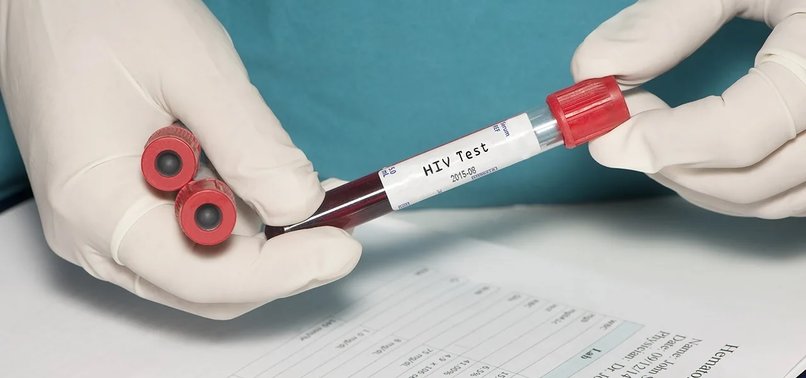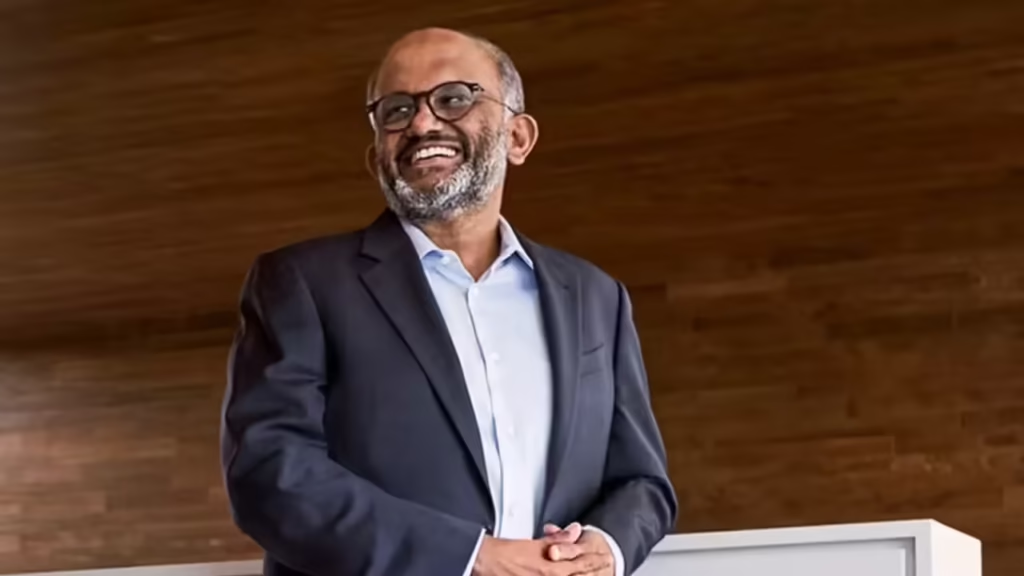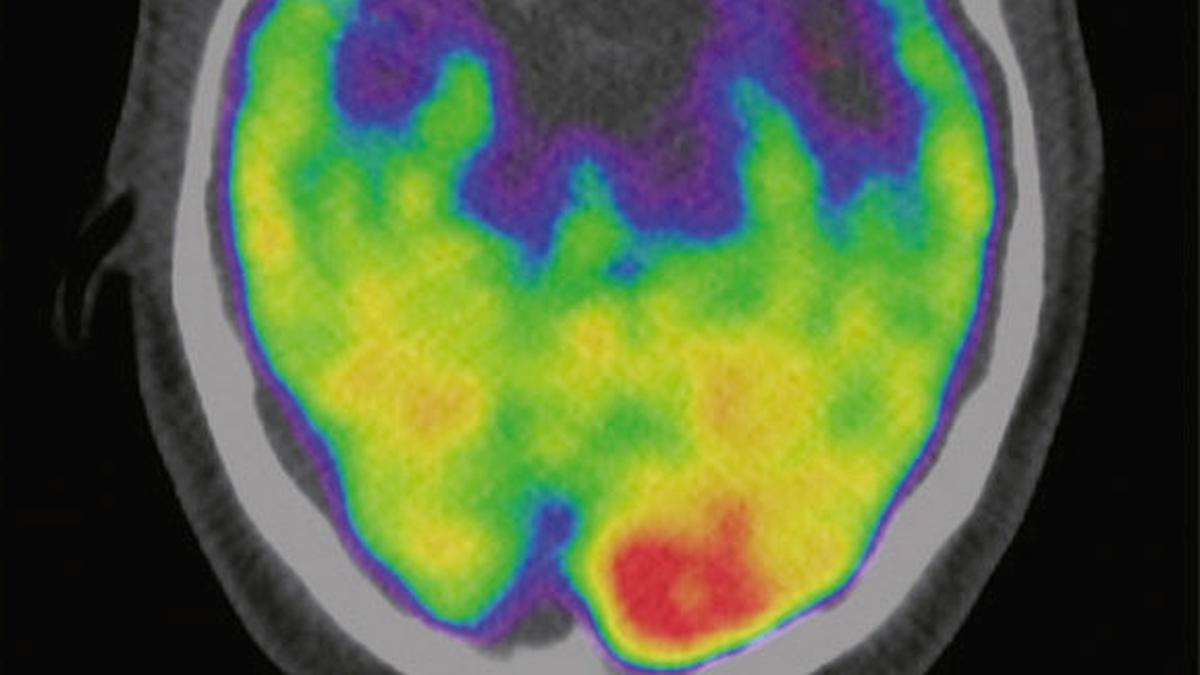Now Reading: Philippines calls for health emergency as HIV cases among youth surge 500 pct in Q1
-
01
Philippines calls for health emergency as HIV cases among youth surge 500 pct in Q1
Philippines calls for health emergency as HIV cases among youth surge 500 pct in Q1

The Philippines is facing a growing health crisis as HIV infections among its youth have spiked by an alarming 500% in the first quarter of the year. The government has now called for an urgent public health emergency, seeking to contain the spread and increase awareness. This rapid rise is being viewed as a warning sign for other developing nations, including India, where similar trends are gradually surfacing among young populations in Tier 2 and Tier 3 cities.
A Sharp Rise Sparks Alarm
According to health officials in the Philippines, the spike is mainly seen among people aged 15 to 24 — an age group that has shown increasing vulnerability due to a combination of limited awareness, risky behaviour, and lack of access to preventive healthcare.
While the overall number of HIV cases in the country remains a concern, the youth demographic now forms a growing proportion of new infections. This shift has prompted government agencies to label the trend as an emergency that needs rapid intervention.
Why the Youth Are at Higher Risk
Experts attribute the surge to multiple factors — inadequate sexual education, stigma around testing, unprotected sex, and reliance on online platforms that make casual encounters more accessible. Many young individuals remain unaware of the symptoms or delay seeking help due to fear of social judgment.
In Tier 2 cities across South and Southeast Asia, including in India, similar risk patterns have been observed. In smaller urban regions, where healthcare outreach and education are limited, young people are often left without the tools or information they need to stay protected.
Public Health Response and Strategy
In response, the Philippine government is mobilising healthcare workers, schools, and non-governmental organisations to launch mass awareness campaigns. There is also a push to distribute condoms, provide confidential testing facilities, and reduce stigma through open dialogue.
The crisis has also sparked conversations in India’s public health circles, where officials are monitoring HIV prevalence in youth populations. With the internet bridging urban-rural divides, behavioural trends are becoming more uniform, but health awareness is lagging behind.
A Cautionary Tale for India and Neighbours
Though India has made progress in HIV control, particularly through its National AIDS Control Programme, the evolving digital lifestyle and growing influence of social media among young people could lead to increased vulnerabilities, especially in semi-urban areas.
Cities like Nagpur, Indore, and Bhubaneswar are witnessing changing youth dynamics — with earlier sexual debut, peer influence, and reduced family dialogue on sexual health. These are similar to the conditions contributing to the current situation in the Philippines.
Conclusion: An Opportunity to Act Early
The sharp rise in HIV infections among the youth in the Philippines is not just a local crisis — it’s a wake-up call for all developing nations navigating modern youth culture with outdated health systems. For India’s Tier 2 and Tier 3 cities, it is an opportunity to strengthen awareness campaigns, introduce youth-centric sexual health education, and normalise routine HIV testing. Acting early can prevent a public health emergency before it begins.

























